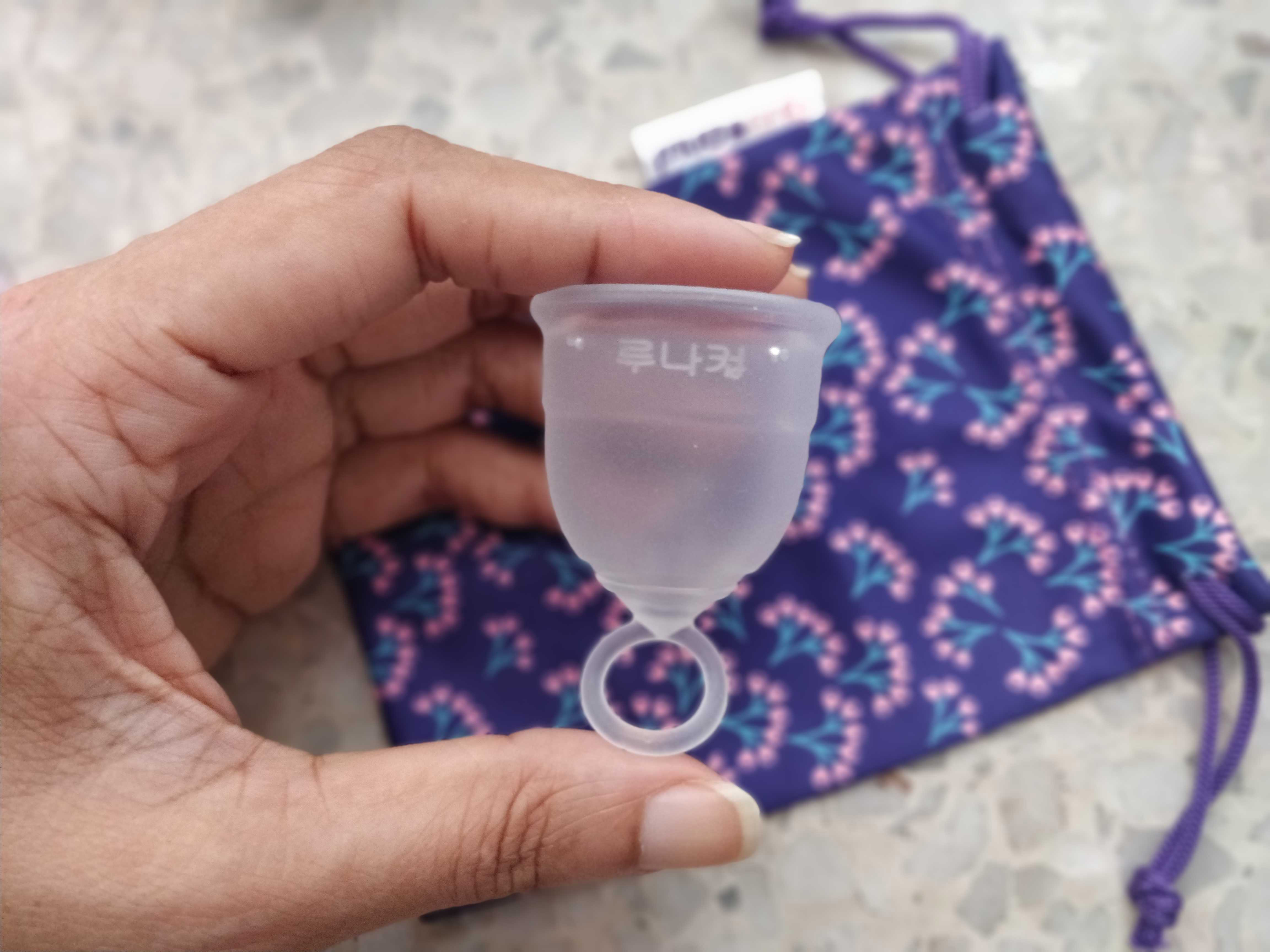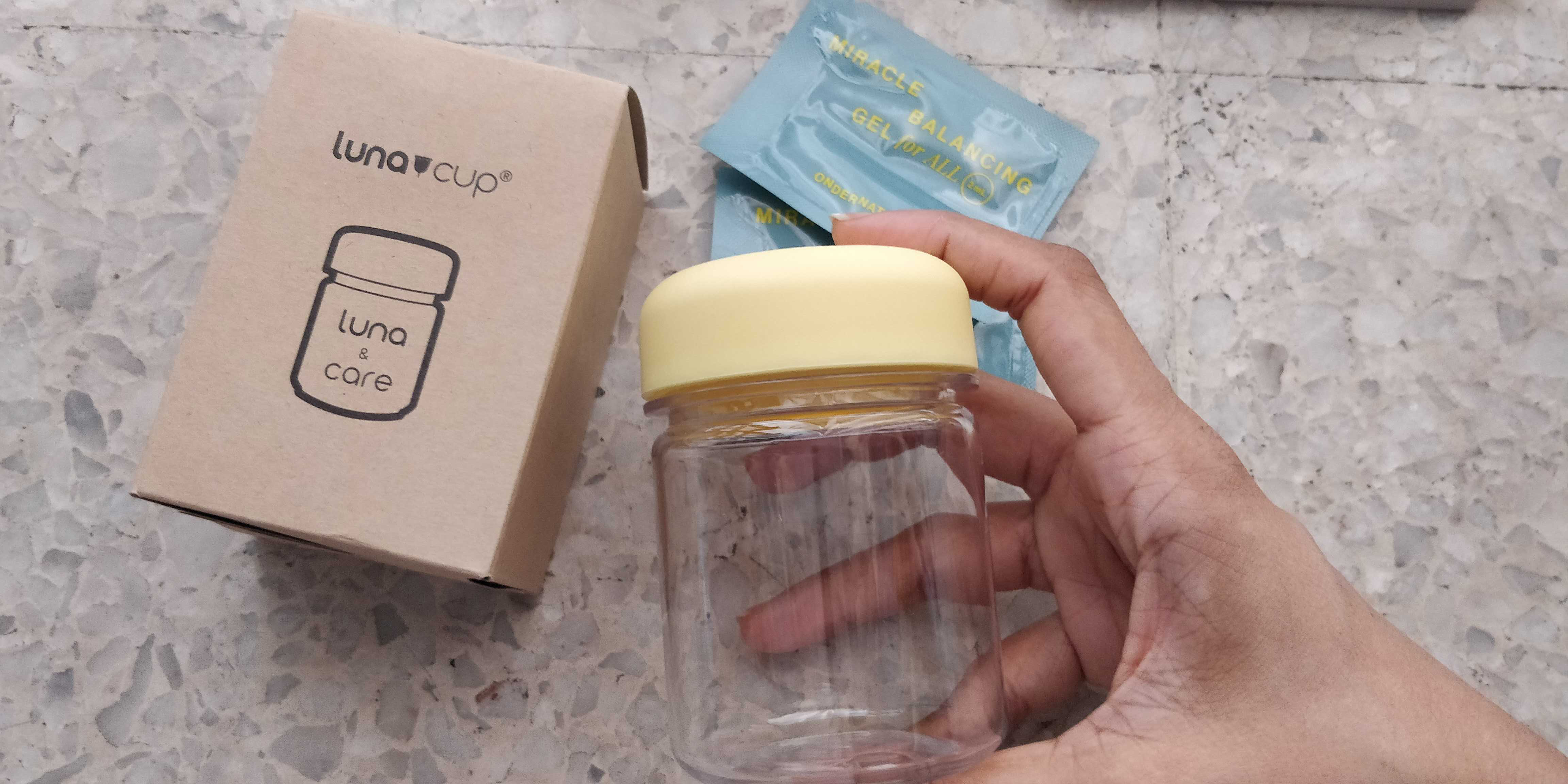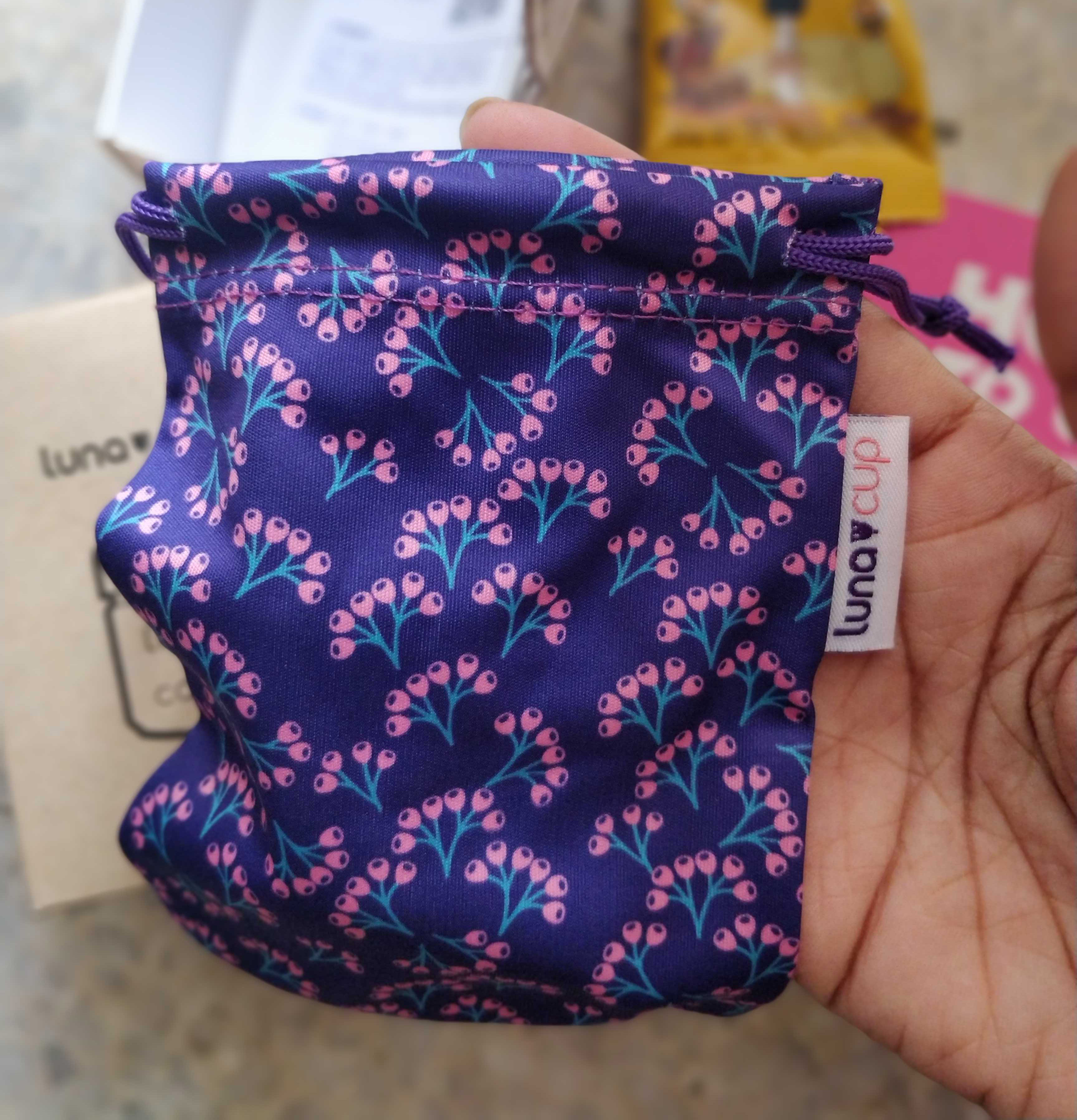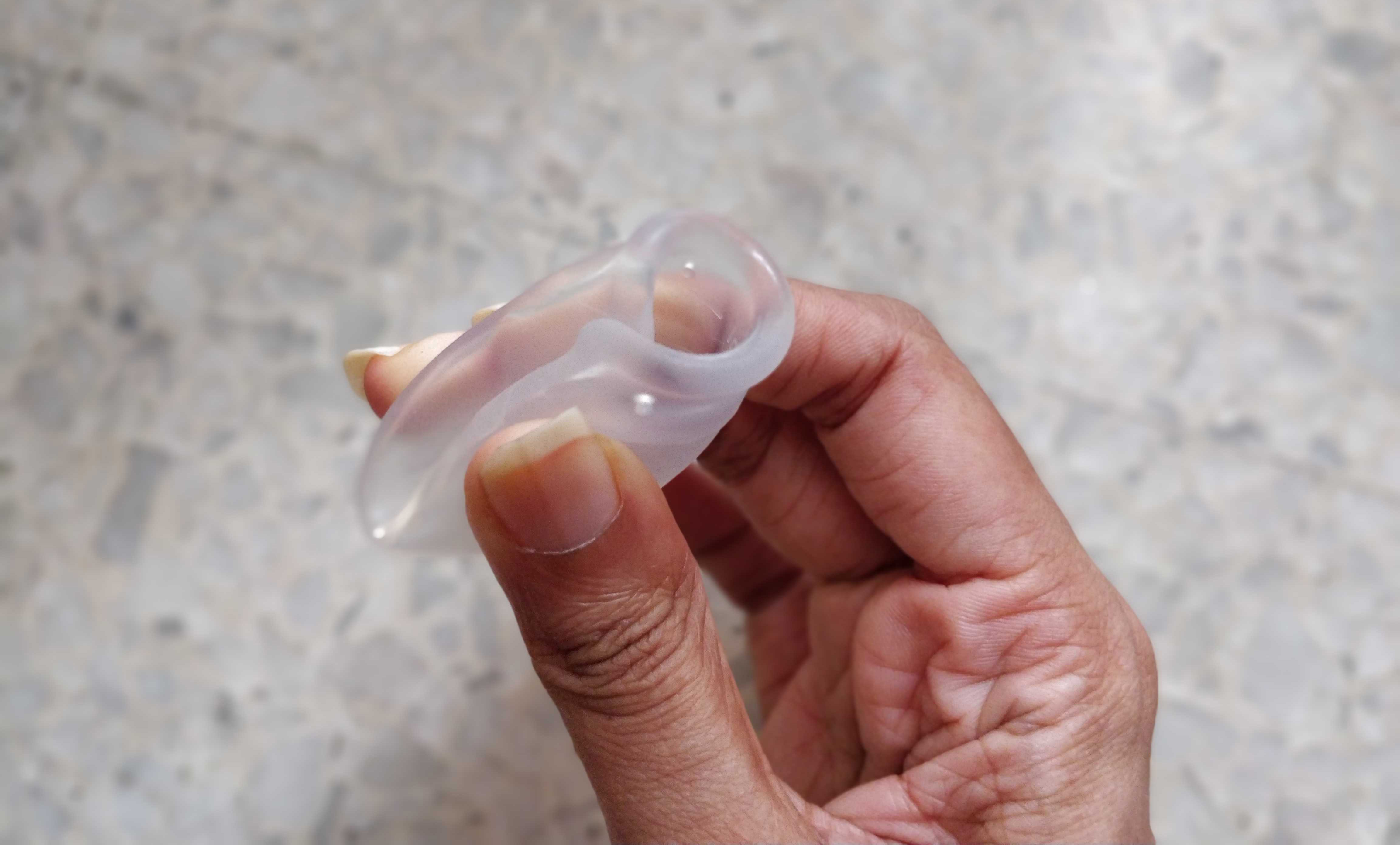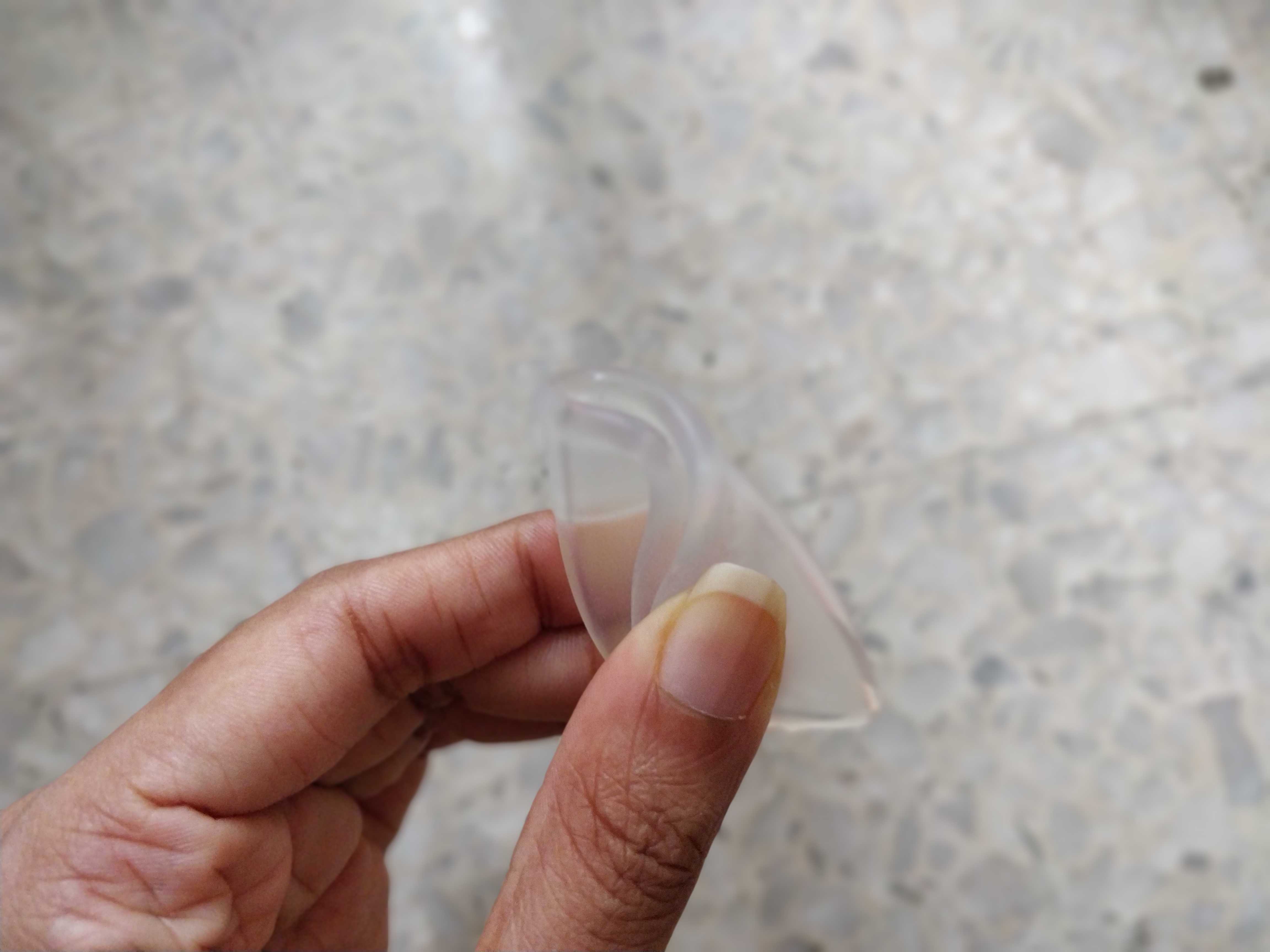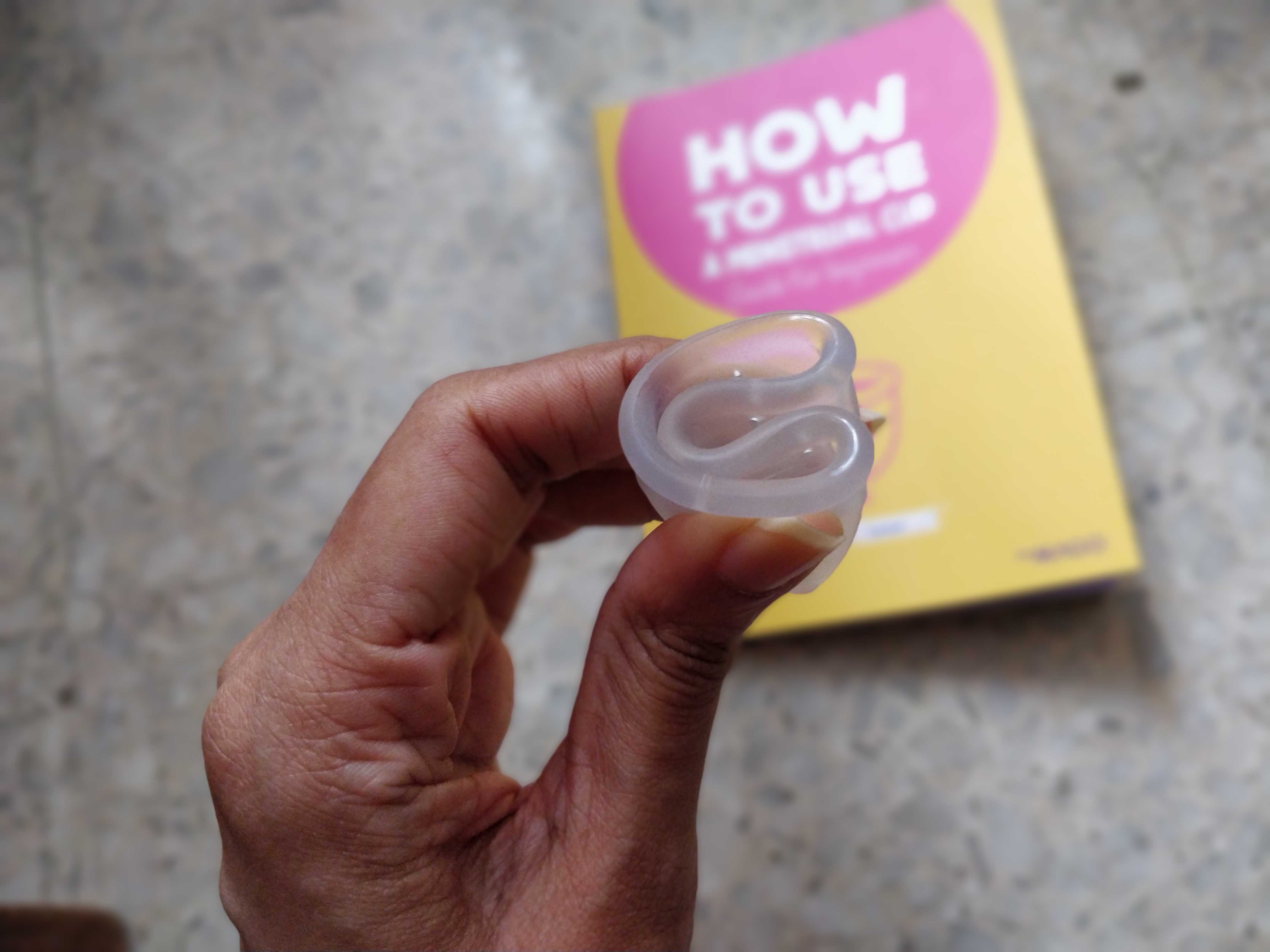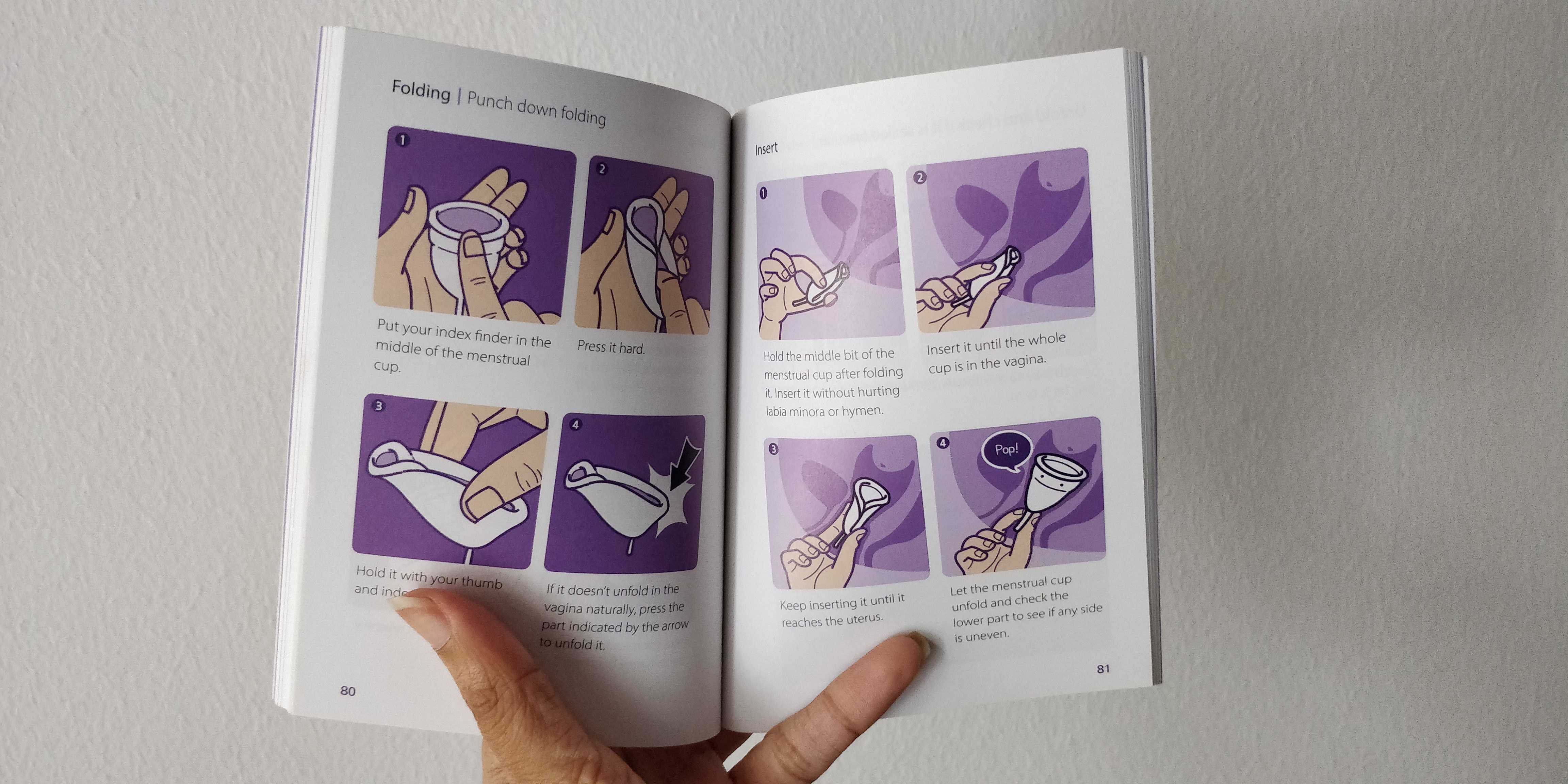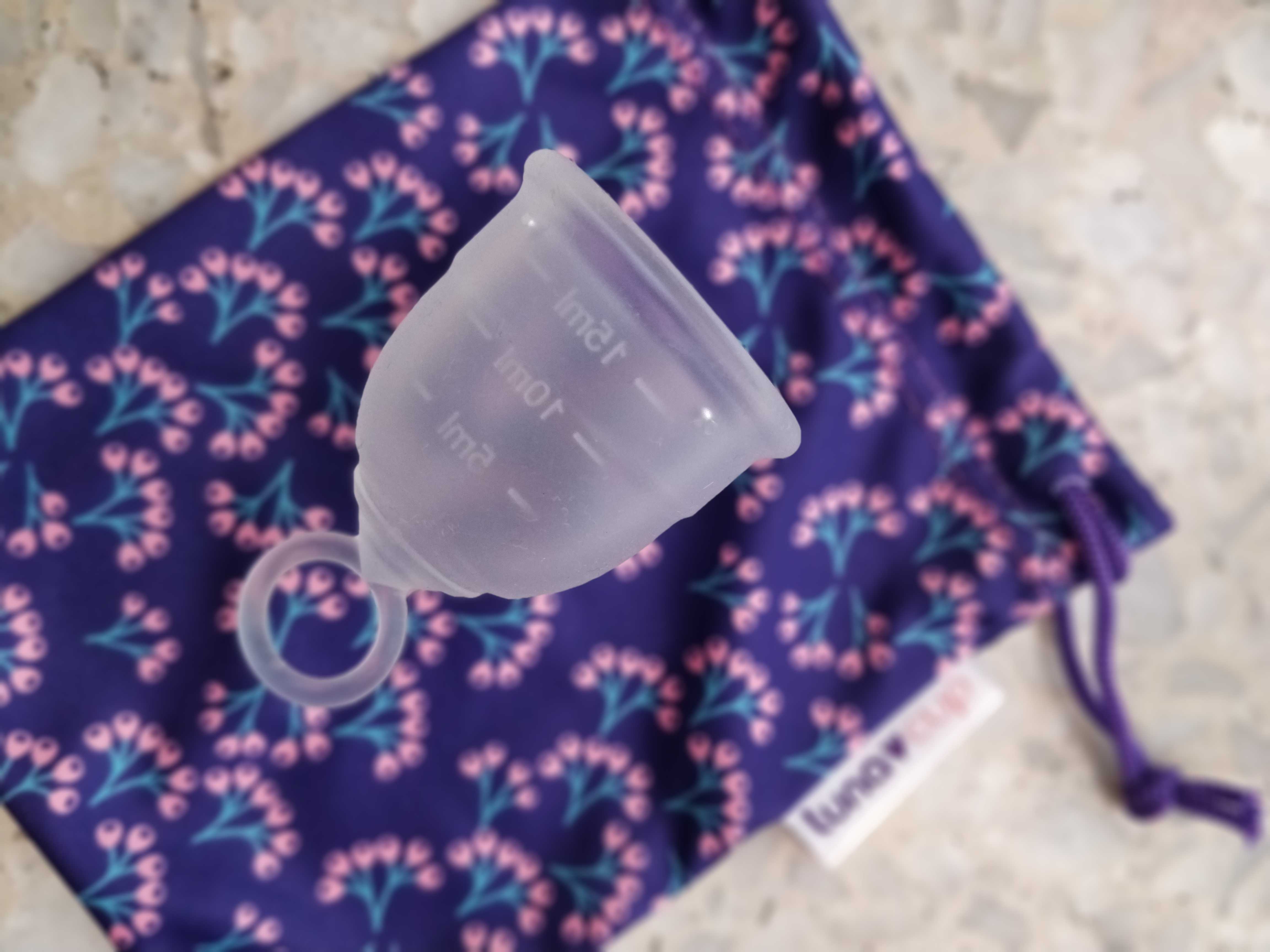Thinking Of Switching To A Menstrual Cup? Here's My Experience As A Newbie
If you're scared or unsure if you should switch, read this.
After years since discovering that menstrual cups exist, I finally decided to try one and I gotta say, I don't ever want to use a pad or tampon again unless necessary
If you haven't heard of them yet, these small silicone cups are reusable devices to collect menstrual fluid.
Compared to pads and tampons, menstrual cups are meant to be environmentally-friendly and cost-saving in the long run. When wearing one, you won't get rashes, feel any icky diaper feeling or wet strings. In fact, you shouldn't even feel a thing.
I bought the LunaCup from South Korea on Shopee, but there are plenty of other reputable brands out there, including the DivaCup, Freedom Cup, and OrganiCup, to name a few. Even local zero-waste stores like The Hive Bulk Foods sell their own.
There are soft and hard menstrual cups. The LunaCup, which costs RM79.99, is considered as the softer type. It's important to research before getting one, as different factors – like your cervix size – will determine which cup suits you best.
Under LunaCup, there are three different types:
- Classic (small 20ml / large 25ml)
- Shorty (tiny 15ml / small 20ml / large 25ml)
- Ring (tiny 15ml / small 20ml / large 25ml)
I decided to go with the Luna Cup Tiny Ring after doing some research and getting advice from friends who have been using menstrual cups for years
According to some users, a cup with a stem takes a bit of practise, as it can be slippery to hold and pull out at first. So I thought that the ring might be easier to grip when removing it. And it is!
Many recommended getting the smaller size if you haven't experienced childbirth, so I chose the tiniest one available, which is 15ml.
Aside from the cup itself, the package came with quite a few goodies:
- manual
- bottle for storing the menstrual cup
- pouch for storing the menstrual cup
- 2 packets of Lunacup Onder Natural Miracle Balancing Gel (water-soluble cleaning gel for your intimate area)
- small enamel pin
- small packet of honey almond nuts ('cause who doesn't love snacks while on your period?)
It takes a couple of cycles to get used to inserting and removing a menstrual cup. I found it surprisingly easy the first time around (and believe me, I really didn't expect it to be that easy).
The key is to be calm. If you're stressed about it, your muscles will tense up, making it harder to insert.
There are several ways to insert the cup and it all depends on what you prefer. Below are just a few examples:
But don't worry about needing to know every single thing because the manual is extremely thorough and guides you through each step, from cleaning and storing to inserting and removing.
I found that it's also helpful to calm nerves, as it addresses any concerns, especially if you're new or unsure of what to do.
Some common questions you might have:
– Is it painful?
No, not at all. If it's uncomfortable, then it may be that the cup hasn't been inserted deep enough or you might need lube. Either way, the manual will offer solutions should there be any issues. If you have a silicone allergy, then it's best to avoid using menstrual cups, as they are made of silicone.
– Will I get toxic shock syndrome?
"Toxic shock syndrome is an acute fever disease caused by an infection by Staphylococcus aureus or by bacteria invading the blood. It's not common, but it is fatal."
Basically, the chances of getting toxic shock syndrome are very low. But if you practise good hygiene and follow the rules, there shouldn't be any issues.
– Can I wear a menstrual cup for swimming or yoga?
Yes and yes. In fact, some might even say that menstrual cups make exercising easier, as you don't have to fuss around with a pad. But if your exercise is quite intense or involves a lot of pelvic movement, some blood may leak.
– How do I clean the cup?
Sterilise the cup in hot water for five minutes before and after each cycle. If your cycle is long, it's recommended to also sterilise it midway. If you're in a public toilet, just rinse it under clean water and insert it back in. Do not use soap or detergent with a strong fragrance to clean the cup because it can leave chemicals behind.
– What do I do if I've "lost" the cup inside me?
I experienced this the very first time I inserted the cup. Firstly, don't panic. The cup won't climb up into you and choke you to death. Just take a few deep breaths and push down slightly as you would when you're releasing a poop. The pressure on your abdomen will bring the cup lower, so you can grip it.
– How do I know if I should get a hard or soft menstrual cup?
If you're a very active person or involved in high pelvic exercises, such as mountain biking, LunaCup advises to get a hard menstrual cup instead of a soft one to maintain the sealing and avoid any leakage. (I've been told that Freedom Cup and The Hive cups are on the stiffer side if you're looking for one.)
Overall, I personally feel menstrual cups are a game changer. They can last five to 10 years or even longer if you maintain them well, which protects the Earth and saves you money long term.
Some things to take note of:
– Before buying a menstrual cup, make sure that it's by a reputable brand and made with medical grade silicone or approved by MFDS.
– Similar to cupping therapy, when inserted, the menstrual cup uses a bit of suction to prevent leaking. So it took me a bit of time to get used to removing it because I needed to learn to release the pressure or "break the seal" by pinching the bottom slightly before pulling it out.
– Most menstrual cups can be left in for six to 12 hours each time, depending on whether or not you have a heavy flow. On my heaviest day, I needed to change every three to four hours, while the following days were less frequent.
– If you're nervous about inserting anything, I'd recommend slowly switching to tampons first to get used to inserting something. But frankly, for some, cups are way easier to figure out than tampons.
– The manual recommends getting to know your body first and offers illustrations so you can visualise it better. This really helped with the process.
Like many, my only regret is not having started earlier, as I could have probably saved a lot of money from buying pads and tampons all these years. :P
